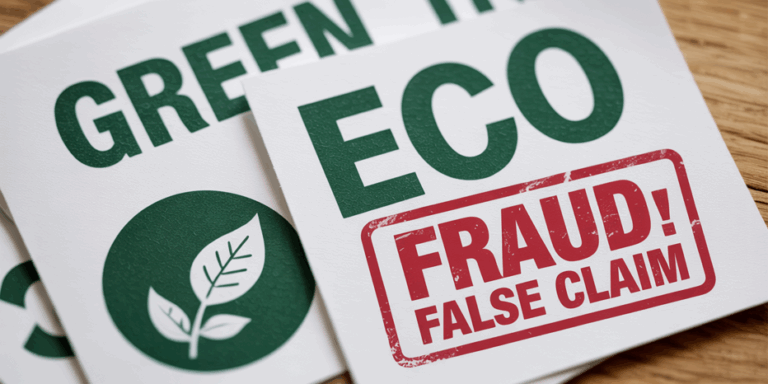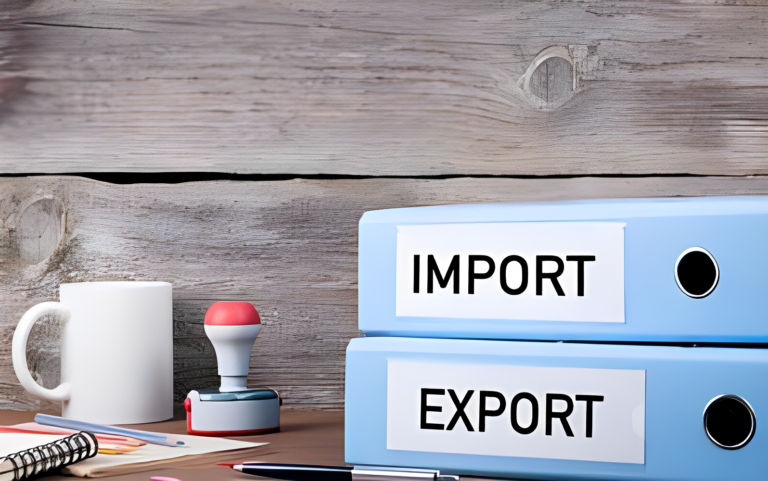By 2025, the global fashion industry’s emissions are projected to remain around 2.1 billion metric tons annually, a significant figure that underscores the sector’s substantial environmental impact. (1) In the United States, the fashion industry contributes a notable portion to the national greenhouse gas emissions, highlighting the need for sustainable practices within the sector.
As sustainability becomes a top priority, over 62% of Gen Z shoppers now prefer to buy from eco-conscious brands.(2) With increasing regulatory pressure in the U.S. and other major markets, fashion brands must act swiftly to align with new rules or risk falling behind.
UN and Global Bodies Set Clear Expectations for Sustainability Communication
The United Nations Environment Programme (UNEP) and the UN Fashion Alliance are working to make sustainability claims in the fashion industry more meaningful and trustworthy by advocating for clearer communication of environmental practices. Fashion brands are especially vulnerable to greenwashing, given the rise in popularity of “eco-friendly” and “sustainable” product labels.
A New Era of Scrutiny for Marketing Claims
The International Consumer Protection and Enforcement Network (ICPEN) is intensifying its scrutiny of how fashion brands communicate their environmental claims. The days of vague promises like “eco-friendly” or “green” products are dwindling. Brands now face strict expectations to:
- Ensure full transparency in their marketing communications
- Guarantee the verifiability of sustainability claims
- Align with consumer protection laws across different markets
This means brands must be prepared for greater oversight of their marketing strategies. Any misstep in presenting sustainability initiatives could harm brand reputation. In a study by McKinsey & Company, it was revealed that 60% of consumers consider sustainability when making purchase decisions . This emphasizes the importance of precise, honest marketing claims and the competitive advantage that transparent communication can provide. (3)
Moreover, due to the increased scrutiny from the International Consumer Protection and Enforcement Network (ICPEN), companies are under pressure to ensure their sustainability claims are legitimate. As a result, organizations worldwide are stepping up their efforts to align their marketing with truthful sustainability practices.
The EU’s Expanding Sustainability Reporting Requirements
Europe is leading the charge on comprehensive sustainability reporting. New directives such as the Corporate Sustainability Reporting Directive (CSRD) and the Corporate Sustainability Due Diligence Directive (CSDDD) are set to reshape the way fashion brands report on their sustainability efforts, particularly for those operating within the European Union.
Under these new regulations, brands will need to:
- Provide detailed supply chain disclosures
- Meet phased reporting deadlines
- Prioritize social and labor compliance alongside environmental goals
These changes will require fashion companies to rethink how they approach sustainability reporting. It’s no longer enough to simply talk about environmental efforts; brands must present detailed, verifiable evidence of their ESG (Environmental, Social, Governance) performance. Brands that proactively comply with these expectations will gain a competitive edge, as a report by The European Commission highlights that transparency can enhance consumer trust and brand loyalty.
U.S. Sustainability Regulations: A Turning Point for Fashion Brands in 2025
With sustainability regulations tightening, fashion brands in the U.S. must adopt greater transparency and accountability. Below are key regulations coming into effect in 2025 and their impact on the industry:
| Regulation/Framework | Key Requirements | Impact on Fashion Brands |
| FTC Green Guides | – Ban vague terms like “eco-friendly” or “green” (4) – Require verifiable, scientific evidence for sustainability claims – Mandate disclosure of limitations or conditions | – Brands must back claims with credible evidence. – Eliminate misleading claims to avoid legal penalties. |
| New York’s Fashion Act | – Map at least 50% of supply chain – Disclose social and environmental due diligence – Set and track science-based climate goals | – Brands must provide more transparency in their operations. – Legal accountability for ethical and environmental standards. |
| California’s Transparency in Supply Chains Act | – Disclose chemical usage and environmental safety (5) – Report on labor rights and ethical sourcing – Expanded ESG (Environmental, Social, Governance) reporting | – Increased pressure on brands to disclose full supply chain practices. – Focus on environmental safety and labor rights compliance. |
India’s Expanding Sustainability Reporting Requirements
India is fast becoming a significant force in regulating sustainability reporting, especially in the fashion industry. With increasing alignment to global ESG standards, including frameworks like the UN Global Compact, Indian regulators are pushing for greater corporate transparency. Fashion brands must now:
- Disclose full supply chain details
- Comply with phased sustainability reporting timelines
- Address labor rights and social impact, not just environmental goals
This regulatory push mirrors a wider trend in emerging markets and is backed by shifting consumer expectations—65% of Indian shoppers are willing to pay more for genuinely sustainable products. For fashion brands, adapting is no longer optional—it’s essential for long-term credibility and compliance.(6)
From Farm to Store: Traceability as the Core of Fashion Compliance
In today’s fashion industry, traceability has shifted from a competitive advantage to a non-negotiable requirement. Growing consumer demand for transparency, combined with tightening global regulations – means brands must now prove the origin, environmental footprint, and ethical journey of their products.
This is especially critical for natural fiber supply chains, such as cotton, where every stage – from seed to finished garment—impacts a brand’s sustainability credibility.
One global apparel brand recently implemented a “Farm to Store” traceability framework as part of its broader sustainability strategy. Their challenge was one many brands face: a fragmented supply chain with limited visibility, inconsistent documentation, and difficulty meeting evolving textile traceability mandates.
The solution was an end-to-end digital framework that enabled real-time documentation and verification at every stage of the cotton lifecycle:
- Farm Level: Recording seed origin, cultivation methods, and harvest data.
- Ginning & Spinning: Verifying fiber separation and yarn production processes.
- Weaving & Knitting: Maintaining material integrity during fabric creation.
- Garment Manufacturing: Confirming ethical, compliant production before distribution.
All stakeholders—from farmers to factory managers—were securely onboarded onto a centralized platform. Documentation was uploaded, verified, and transferred with complete transparency. Automated alerts helped maintain timelines, while detailed audit trails ensured compliance readiness.
The results went beyond meeting regulations. The brand not only aligned with traceability mandates but also strengthened trust with retail partners and sustainability-focused consumers by providing verified proof of responsible sourcing. Most importantly, they built a credible, data-driven sustainability story they could confidently share with the world.
This transformation highlights a clear truth: traceability is not just about checking a compliance box—it is the backbone of authentic sustainability. Brands that can connect every step from farm to store are not just keeping up with regulations—they’re leading the charge in accountability and transparency.
The Compliance Cart Advantage: Supporting Fashion Brands on Their Sustainability Journey
As fashion brands navigate this increasingly complex compliance landscape, Compliance Cart plays a pivotal role in helping them meet the evolving regulatory requirements. Compliance Cart offers solutions that streamline sustainability reporting, track supply chain disclosures, and ensure adherence to global regulatory standards. Through Compliance Cart, brands can also comply with regulatory certifications like GOTS, OEKO-TEX, and more. Additionally, brands can map out their carbon credits for a product line, batch, or order, ensuring accurate tracking of environmental impact. Proper waste management, energy utilization, and product lifecycle mapping can all be efficiently managed through Compliance Cart. By partnering with Compliance Cart, fashion brands can ensure they are on the right path toward compliance, transparency, and sustainability.
If you’re ready to elevate your sustainability efforts and ensure your brand’s compliance with the evolving regulations, book a demo with Compliance Cart today. With the right support, your brand can thrive in this new era of fashion compliance, positioning itself as a leader in sustainability and transparency.
References:
- The State of Consumer Spending: Gen Z Shoppers Demand Sustainable Retail
- Fashion on Climate: How the Fashion Industry can urgently act to reduce its greenhouse gas emissions
- McKinsey & Company: Do consumers care about sustainability & ESG claims?
- The Greenwashing Regulatory: Landscape in North America in 2025
- The California Transparency in Supply Chains Act: What you need to know
- Sustainability Is a Natural Part of India’s Consumer Journey: Not a Marketing Ploy











